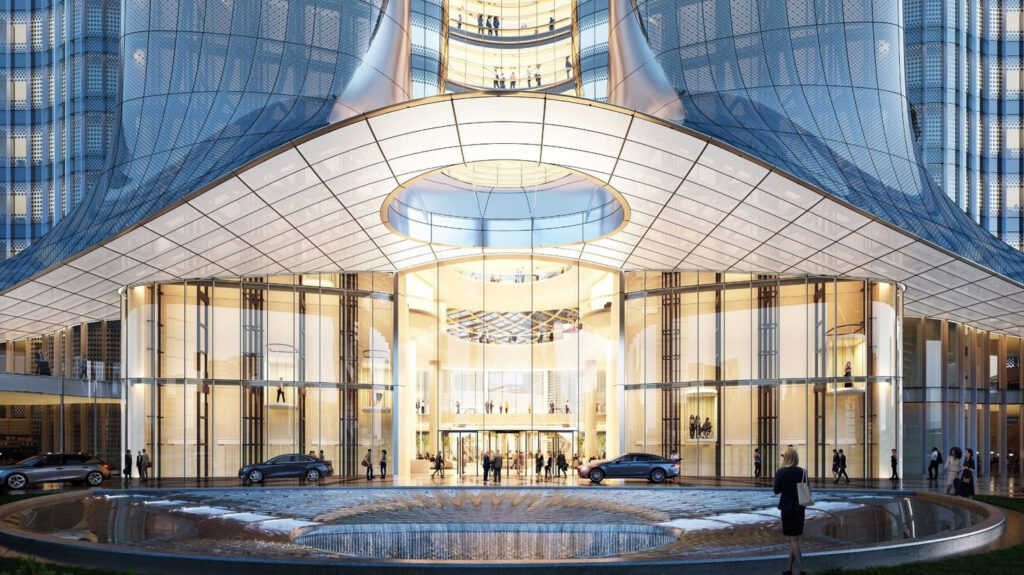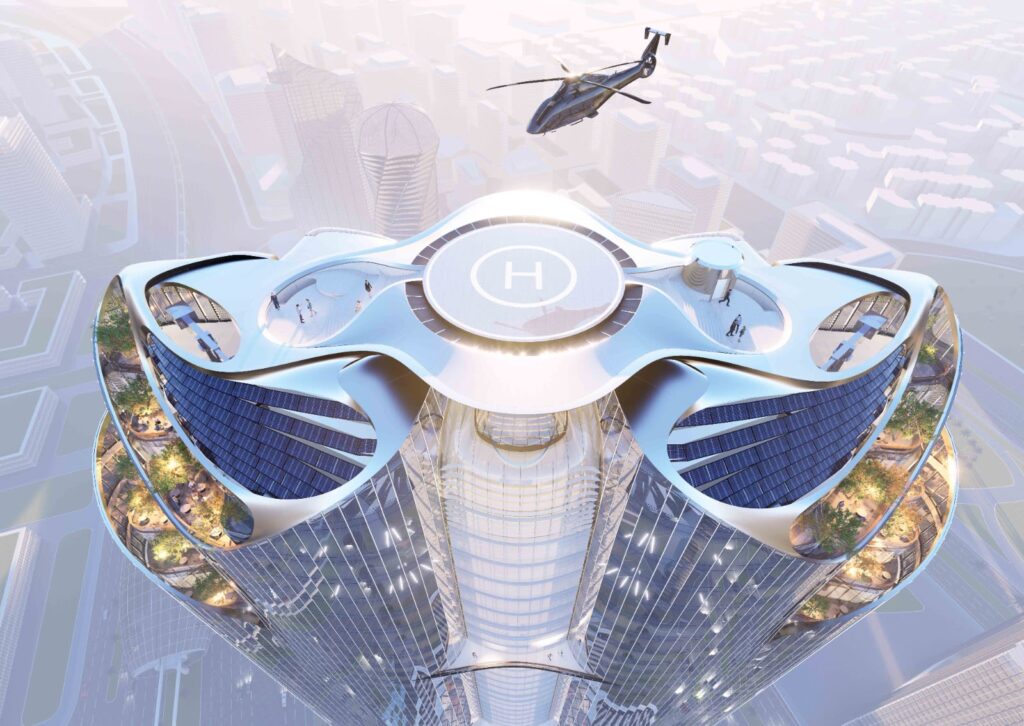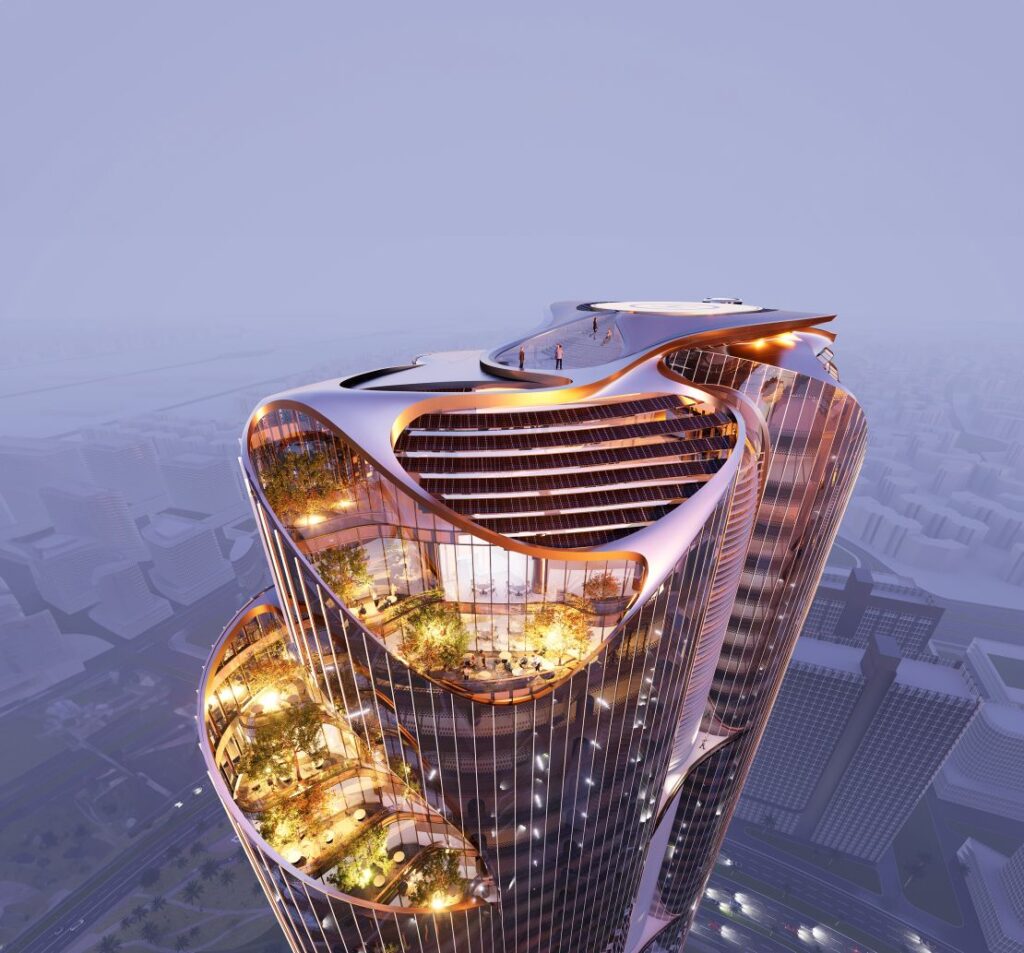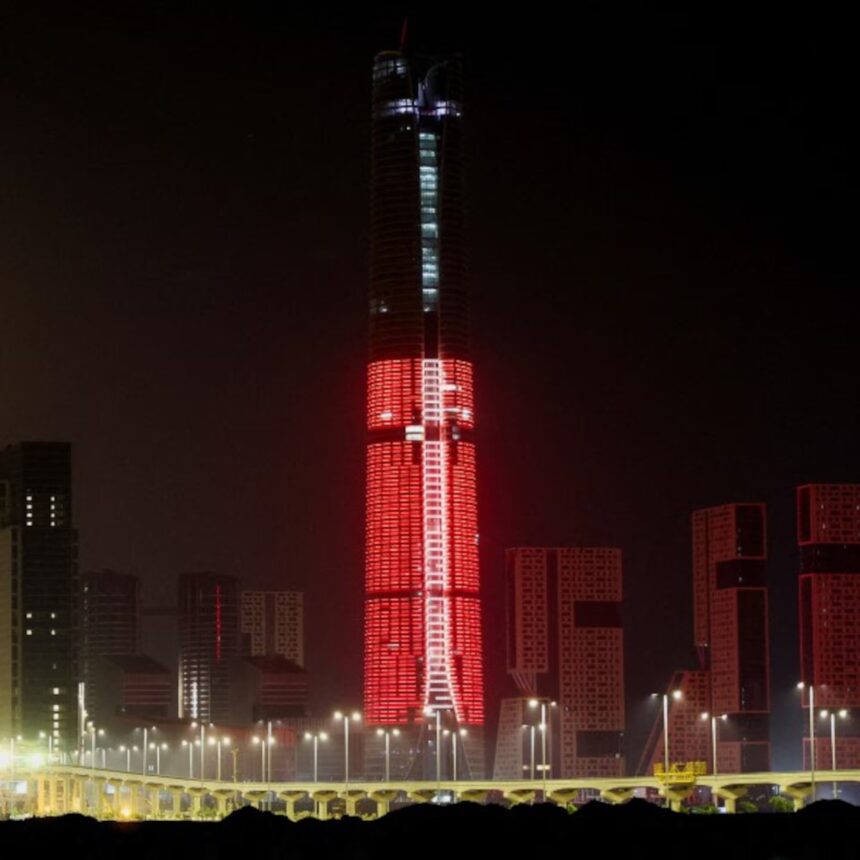Cairo is pushing the boundaries of green architecture with plans for a hydrogen-powered skyscraper designed to redefine urban sustainability. This project aims to integrate renewable energy, cutting-edge materials, and eco-conscious design to create one of the world’s most energy-efficient high-rises.
With climate concerns escalating and cities seeking low-emission alternatives, this initiative represents Egypt’s commitment to reducing carbon footprints while embracing next-generation energy solutions. The proposed skyscraper will utilize hydrogen fuel cells for power, significantly lowering greenhouse gas emissions and setting a new benchmark for eco-friendly urban development.
What’s Happening & Why This Matters
A First for Cairo: Hydrogen-Powered Skyscraper
Egypt is embracing green architecture with an innovative approach—a hydrogen-powered skyscraper blends sustainability with futuristic design. The project prioritizes energy efficiency, environmental impact, and self-sufficient power generation. It features:
- Hydrogen fuel cells replace traditional fossil fuel-powered energy systems, drastically reducing emissions.
- Intelligent energy management systems that autonomously regulate power distribution and efficiency, minimizing waste and maximizing sustainability.
- Eco-friendly materials, including recyclable glass, low-carbon concrete, and advanced insulation, ensure structural resilience and environmental harmony.

Why This Skyscraper Represents a Shift in Urban Planning
Cairo’s hydrogen-powered skyscraper signals a major shift toward sustainable urbanization as cities explore ways to balance population growth with environmental responsibility. The building introduces:

- A self-sustaining energy model that lessens reliance on fossil fuels and traditional power grids.
- Hydrogen as a clean energy alternative, proving its viability for large-scale infrastructure and urban development.
- A blueprint for future developments shows that integrating renewable energy into high-rise buildings is practical and scalable.
Economic and Environmental Impact
The development of hydrogen-powered urban infrastructure aligns with Egypt’s economic and environmental goals, positioning Cairo as a hub for green technology. It brings:

- New job opportunities in hydrogen energy production, green construction, and urban planning, fostering economic growth and workforce expansion.
- Increased global investment in sustainable real estate and clean energy projects, cementing Egypt’s leadership in eco-conscious urban design.
- Reduced carbon footprint and improved air quality, directly contributing to Egypt’s long-term climate goals and environmental sustainability.
TF Summary: What’s Next
Cairo’s hydrogen-powered skyscraper represents a bold step toward the future of green urban development. By incorporating hydrogen fuel cells, intelligent energy systems, and sustainable materials, Egypt is showcasing a model that other cities can follow. The project’s success will determine how quickly hydrogen energy can integrate into large-scale architecture, shaping the future of eco-friendly high-rise design.
— Text-to-Speech (TTS) provided by gspeech


